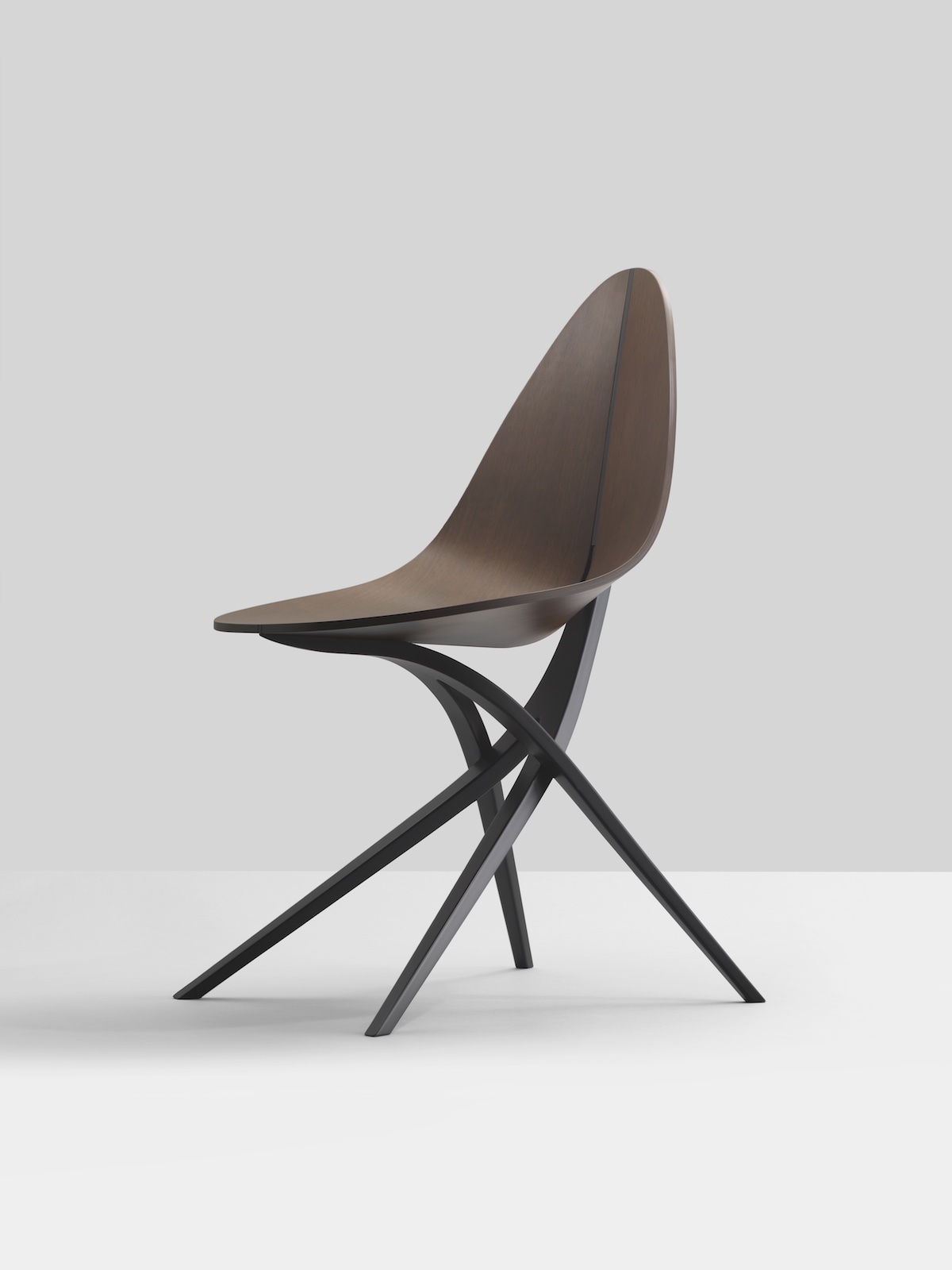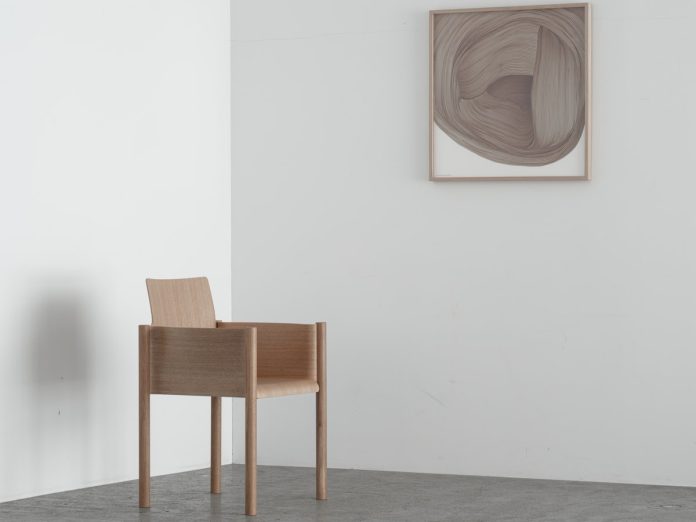A soft shell, an enveloping sculpture, an inviting, gentle form: these are different aspects of the first seating collection by the new brand Koyori, on view at Triennale di Milano during Design Week.
Based on creative interaction between design veterans and master craftsmen specialized in sculpting wood, the five seats of the debut series interpret the Japanese aesthetic, made to last and to bring happiness, through an elegance that transcends geographical boundaries.


For starters, the essence of the brand itself has been developed by the English designer Jasper Morrison, as Brand Directing Advisor, and by Sebastian Fehr. The individual pieces have been created by Ronan & Erwan Bouroullec and the duo GamFratesi.
The goal of the Bouroullec brothers was to invent something new, while underlining the quality and specific technical know-how of the makers. The results are the Kawara square chair, where the back and armrests in oak plywood are three-dimensionally curved to add greater comfort; Musubi, obtained by shaping solid wood by bending, then with 5-axis CNC cutting to create the illusion of a single block of wood, though the parts are actually joined. Then comes Shaku, a ‘gem’ in black beech crafted with great precision in an ergonomic design that fully supports the body.


GamFratesi interprets wood with a wide-ranging approach. The Miau chair in natural oak or natural walnut references ‘feline’ forms through a series of painstaking details, like the large rounded armrest that invites the caress, underlining the beauty of the material and the fine curved workmanship to form the armrest and back from a single piece. In Edaha, the designers take their inspiration from nature: “The branch (the structure) and the leaf (the veneer) are the central features of the design,” they say. “We wanted to create a structure that would gently support the seat, suspended just like a leaf on a branch.”







